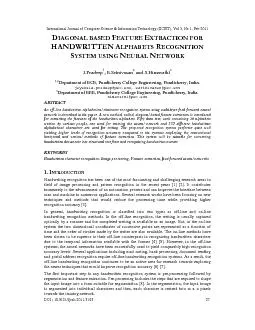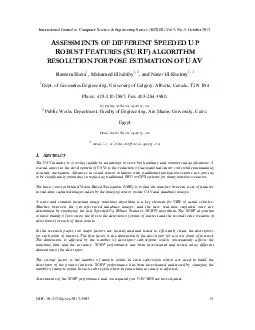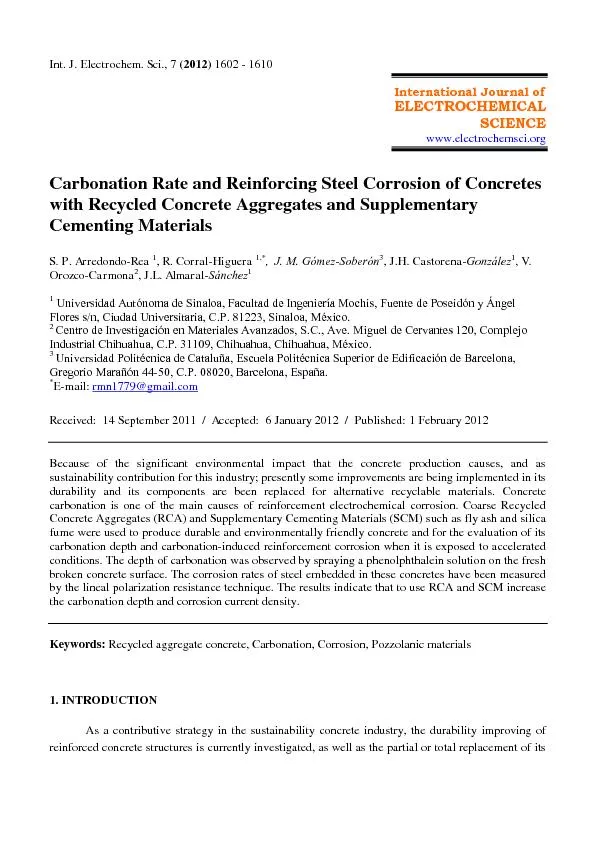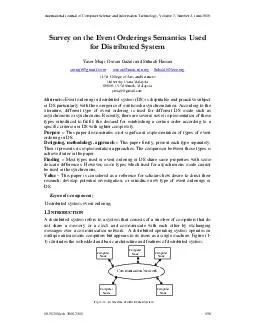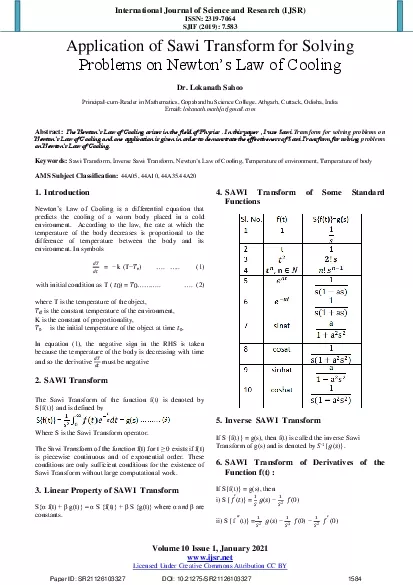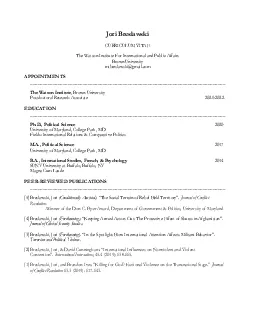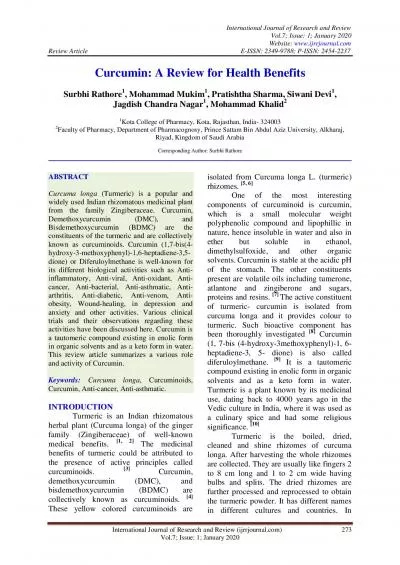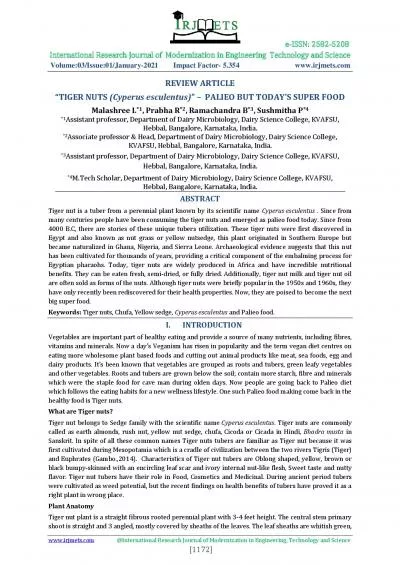PDF-International Journal of Technical Research Science
Author : morgan | Published Date : 2022-10-28
ISSN No 2454 2024 online DOI Number httpsdoiorg1030780IJTRSV05I0 8 00 1 pg 1 wwwijtrscom wwwijtrsorg Paper Id IJTRS V4 I12 00 6 Volume V Issue VI I I August
Presentation Embed Code
Download Presentation
Download Presentation The PPT/PDF document "International Journal of Technical Resea..." is the property of its rightful owner. Permission is granted to download and print the materials on this website for personal, non-commercial use only, and to display it on your personal computer provided you do not modify the materials and that you retain all copyright notices contained in the materials. By downloading content from our website, you accept the terms of this agreement.
International Journal of Technical Research Science: Transcript
Download Rules Of Document
"International Journal of Technical Research Science"The content belongs to its owner. You may download and print it for personal use, without modification, and keep all copyright notices. By downloading, you agree to these terms.
Related Documents


